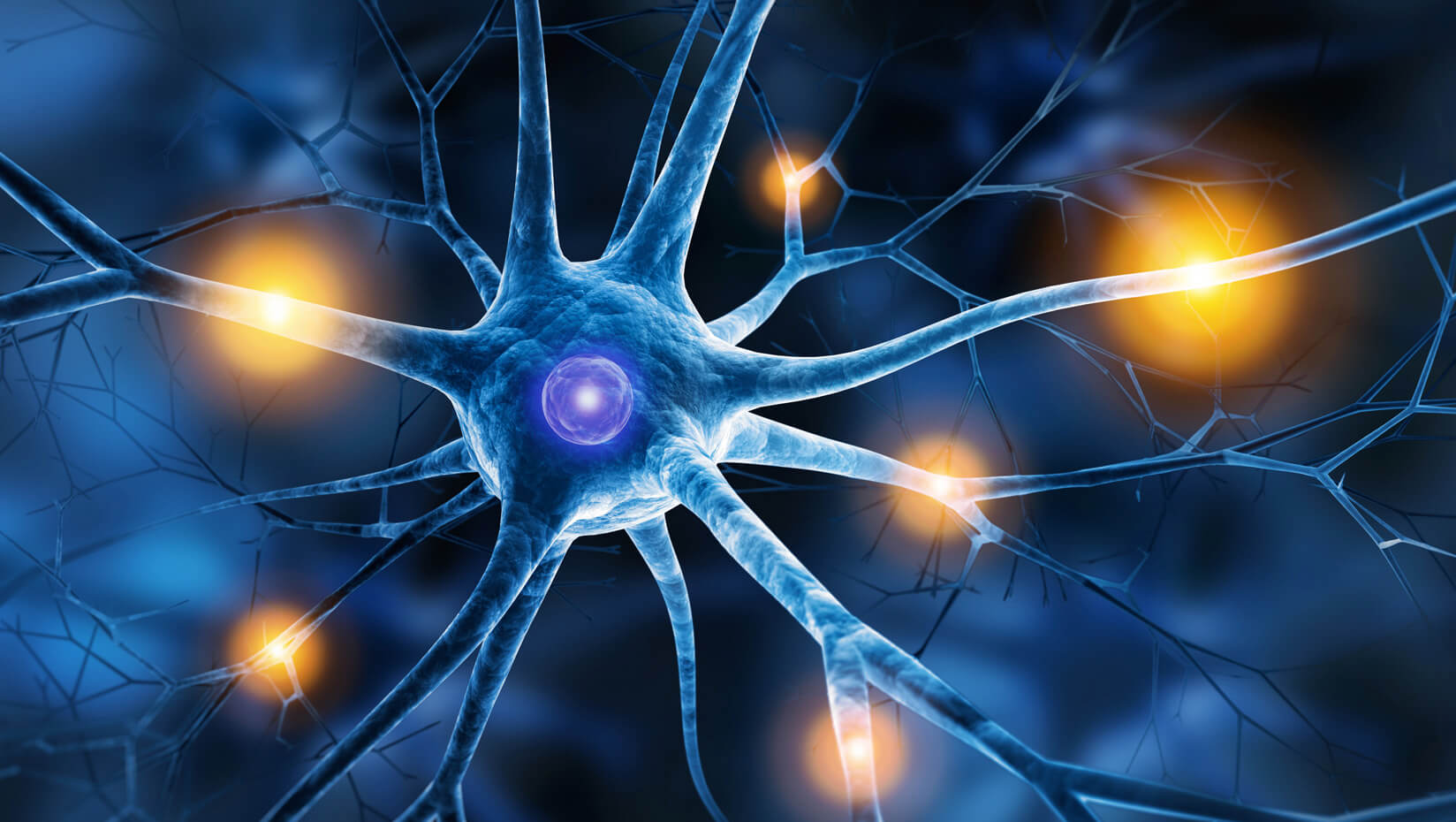
Migraine attacks: the brain’s natural neural defense system
What we experience as painful migraine attacks, with their severe headaches, nausea, extreme sensitivity to light and sound and occasional visual disturbances, may actually be our body’s natural way of protecting and repairing itself as a response to oxidative threats to the brain, according to new research at the University of Maine.
The new theory on migraines suggests that each component of the multifaceted neurological disorder has an inherent protective function, which, when combined, form an integrated defense mechanism against the harmful effects of oxidative stress — an imbalance of reactive oxygen species (oxidants) and the body’s natural ability to suppress them.
According to University of Maine adjunct associate professor of psychology Jonathan Borkum, previous research has suggested that people who suffer from migraines show higher levels of oxidative stress between attacks. Many of the common migraine triggers, like stress, sleep disruption, noise, air pollution and diet, can further increase oxidant production in the brain prompting the onset of a migraine attack.
Oxidants are natural byproducts of metabolism. Our bodies create and deliver antioxidants which neutralize their harmful effects, but when the amount of oxidants exceeds the body’s ability to counteract them, they become toxic and can cause serious cell damage or death.
Borkum’s latest research findings, reported in the journal Headache, do not only suggest that migraines are triggered by increased oxidative stress, but, rather, are the brain’s natural response “as a particularly violent return to homeostasis.”
The brain, due to its easily oxidized tissues, high metabolic rate and relatively weak antioxidant defenses, is highly susceptible to oxidant damage. Oxidative stress is suspected to be an important factor in many neurodegenerative diseases, including Alzheimer’s and Parkinson’s.
Therefore, according to Borkum, the ability to detect and respond to the threat of oxidative stress in the brain would be an important adaptation in preventing serious neurological damage.
Borkum’s study focused closely on the variety of individual components of a migraine attack. Through in vitro research and studies of the interruption of blood flow to the brain, he found that each component showed neuroprotective and neuroregenerative qualities.
Aside from painful and often debilitating symptoms, various physiological components of a migraine attack decrease the production of oxidants, boost and deliver antioxidants to the brain and release a number of growth factors which protect existing neurons from damage and stimulate new ones to grow. Each component appears connected to the others via an underlying system of feedback loops, hinting at the mechanics of an integrated system responsible for neural protection and repair, hidden within the debilitating pain and discomfort we know as a migraine attack.
In many diseases, the symptoms we experience, such as fever, congestion or nausea, have very little to do with the illness itself, and are rather indicative of the body’s natural, often defensive, response to it. According to Borkum, the various symptoms of migraines are no different and to understand migraines, we need to first understand what gives rise to the oxidative stress in the first place.
“To solve migraines and the associated risk, we must identify and treat the underlying diathesis, rather than focus on the body’s defensive response to it,” writes Borkum.
Borkum’s new theory opens the door for new directions in treatments for migraines that focus on reducing oxidative stress and increasing the release of growth factors in the brain. The existence of integrated neurological systems tasked with protecting and repairing the brain from various threats illuminates how a healthy brain functions and could perhaps be used to further understand and prevent neurodegenerative diseases.
Contact: Walter Beckwith 207.581.3729
